Curator Matthias Ulrich spends two days visiting five exhibitions in three different cities and is rewarded at the finish line with cake.
Looking at a face which itself does not look back, but rather has its eyes closed, prompts a strange sense of tension, or at the very least irritation, in the observer. The unrequited gaze can, however, represent greater trust and closeness, namely when it involves a loved one who is asleep, eyes closed, or who has passed away.
In both cases observers view a person who is connected to their own existence, but also see themselves in the reflection of this connection, which is both comforting yet also uncanny, as it is precisely here that the steadying mechanism of gaze and counter-gaze arises. In the life-size busts standing on plinths, which Frankfurt-based artist Peyman Rahimi created from casts of people with whom he was familiar, it is first and foremost these closed eyes that are so particular about them, and secondly the way the concrete from which the busts have been made has been dyed with black pigment, which makes the figures appear as if they are covered in a thin layer of dust and are somehow indeed lifeless or like carbonized wood.
Countless references
The first of these “mummies”, which one encounters just a few meters behind the entrance door to the new gallery belonging to Kai Erdmann in Hamburg, reminds me of Kippenberger’s “Hunger Family” and initially what I see is its back with a hole in the torso. The sharply tapered, conical opening actually refers to the four cones attached to one another to create a plinth – and these, in turn, refer to the endless pillars of Constantin Brancusi. The sight of these slender plinths likewise cast from black concrete along with the busts that crown them attests to an alarming instability and fragility. The figure portrayed is actually the longstanding cook at the cafeteria of the Städelschule school, Hocine Bouhlou, which at least makes my Kippenberger association amusing.
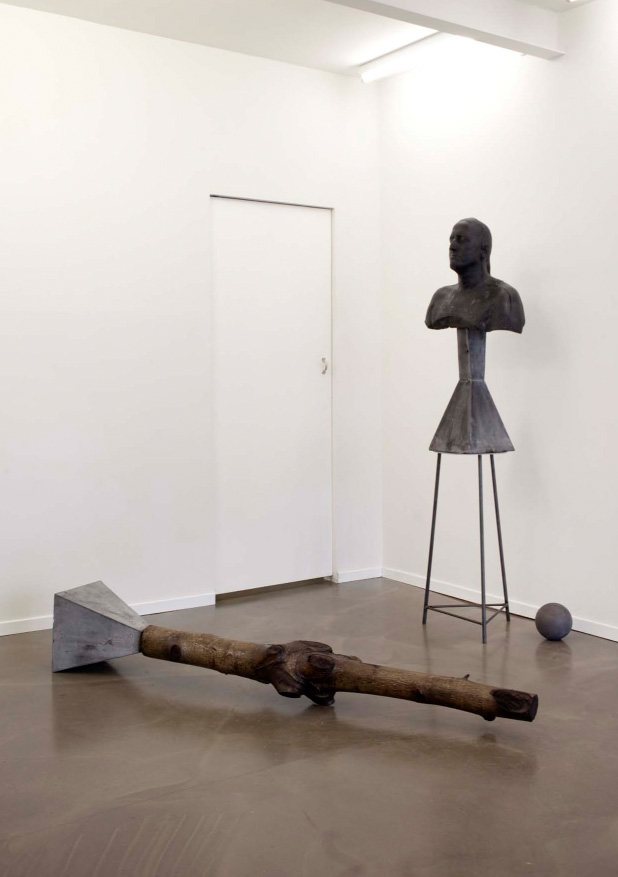
Also in the front half of the small gallery, which is separated in the middle by a narrow spiral staircase, is the dark depiction of the artist Bernhard Schreiner, who carries a looped electric cable over his left shoulder and carries an exploded light bulb in his head. The rear section of the ground floor presents two further plinth-bust sets as well as a sculpture lying diagonally and consisting of part of a tree trunk with a concrete element attached to one end.
Birches in anthracite
Another section of a tree is to be found on the upper floor of the gallery at the end of the spiral staircase, paired with another “mummy bust”, which undoubtedly comes from the cast of a dark-skinned person. At this point a further peculiarity comes to light, relating almost to the history of humanity: that of skin color and its representation in art history and specifically in the history of sculpture, which emphasizes the alienating effect of the bust which have been uniformly dyed black. Personally I am sure that the anthracite-colored trunk sections are parts of birch trees, even though I am not able to explain the coloring myself.
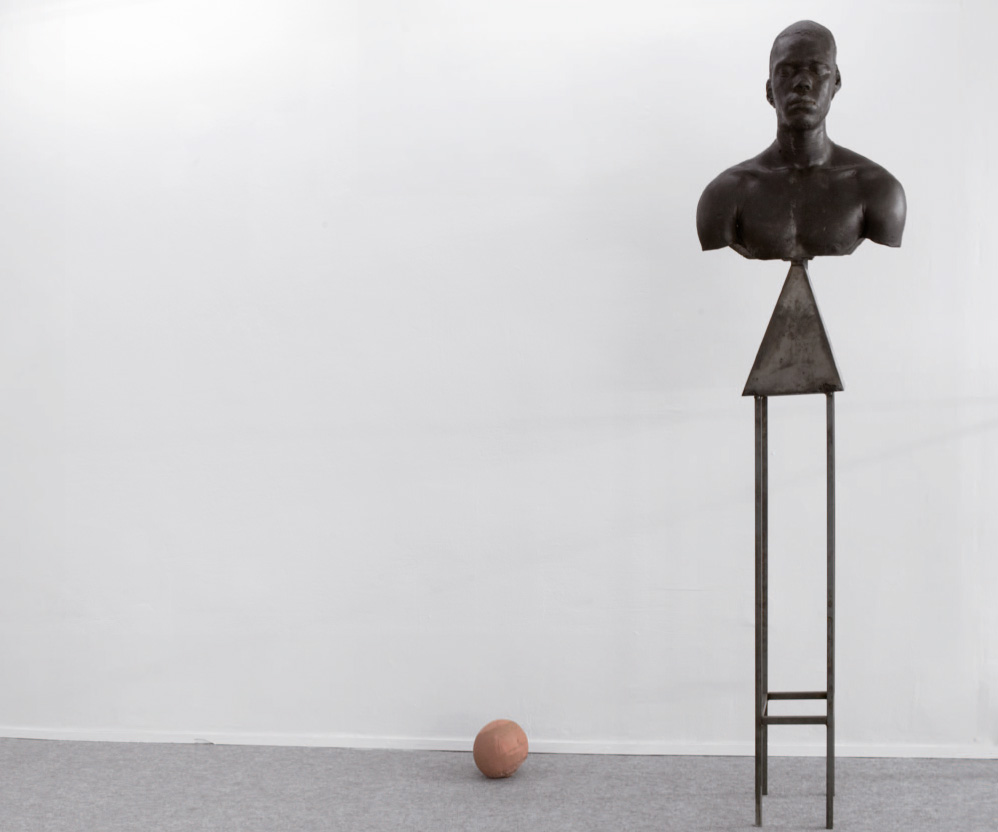
The following day it’s time to take the train to Hanover and continue by bicycle to the Sprengelmuseum, where the winner of this year’s Kurt Schwitters Prize, Pierre Huyghe, has set up a familiarly gentle, calm exhibition rich in associations, which is laid out in a spacious trail running through at least six rooms. With barely more elements than that – the smallest are live flies and the biggest a film projection screen – Huyghe demonstrates his skillful and playful use of references and dead-ends, drawing observers into an immaterial labyrinth, at the center of which is a halted timeline of a female and a male insect in the act of mating, encapsulated in a dice-sized mausoleum of amber lying on the floor.
Where it all happened
Beforehand, you walk over a thin layer of dust from the walls of museums, taken from Paris or San Francisco, or at any rate from earlier exhibitions by the artist, mixed into an unidentifiable concoction of dust by the steps of the visitors and transported to the dark carpets of the two adjoining rooms, until you reach the room with the amber cube and the flies flying around it, which are kept from entering the neighboring rooms by tight-mesh nets.
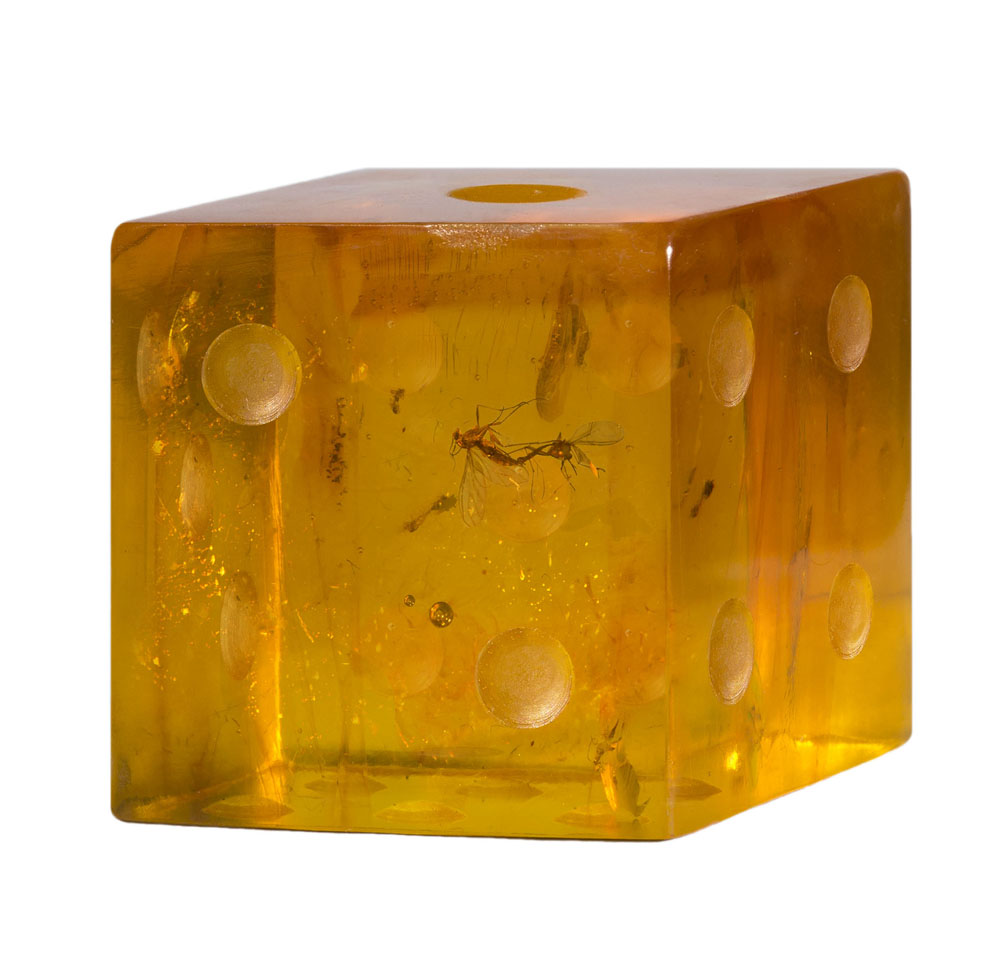
In the next room a video is screened in which the mummified flies are scanned with a microscopic gaze, as if this would permit the timeline to go backwards and allow us to reconstruct the event that led to the coitus interruptus, in the process also identifying occurrence precisely where it all happened. In the adjoining final room there is a sketch by Kurt Schwitters, which consists of a large number of circles, triangles and squares and displays several points of density, in this way charting any conceivable flight of a fly.
Seeing red at the Kestnergesellschaft
Onwards by bike to the Kestnergesellschaft and an exhibition by Swiss artist Tobias Madison, which appears not uninteresting, but after the uplifting feeling of Pierre Huyghe’s explanation of the world can achieve only an inferior placing. Clearly his interest touches on the quality of the light, something intimated in the window-like paintings in the first room, then continued with a rosette and wilted flowers illuminated in red in the second room, and ultimately comes firmly into its own with the red filtered windows of the building and a red light, that turned on you could be an instrument of torture.
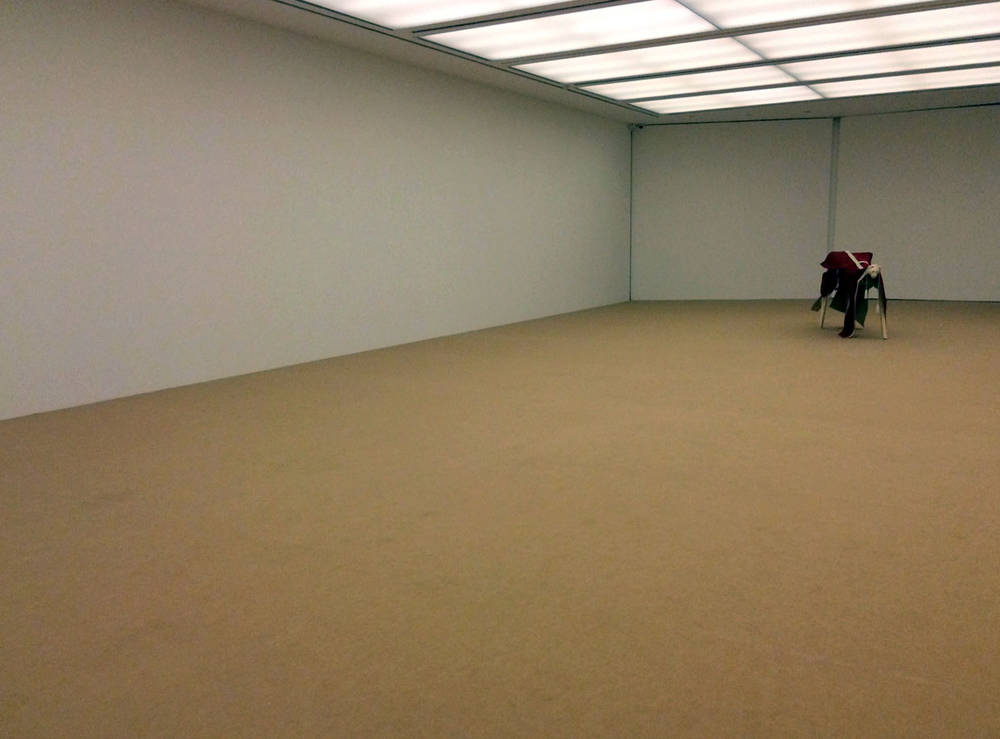
The room on the upper floor likewise bathes everything in red, the white on one side of a wall standing in the middle of the room and the fairy-tale scenes on the other side. After all, there is still one film to see, in which a boy with warlike face paint moves behind a rotating silhouette or a lampshade, emulating and intensifying the choreography of the rotating something, whilst in the lower quarter of the screen the time runs backwards by around 28 minutes. After minute 25 I leave the room and the exhibition and ride my bike to the Kunstverein, outside of which still hangs the chandelier over the street which, even back in my time I found extremely inelegant and which still appears so intrusive, so “art-alert”, that one hopes that eventually someone will drive along the street with a giraffe in tow…
In the nucleus
The exhibition – as is already conveyed by one name in the artist list, Trevor Paglen – heads toward Edward Snowden, into the world of control and surveillance, the accumulation of information and information as goods, etc., the brave new world therefore, in which the computing powers of ex-human brains spread, and are intended to spread, both stupidity and fear at the same time if its inventors – all of us, of course – have their own way. That’s the short version – but I only mention the exhibition because of the chandeliers and because of Christoph Faulhaber, whose work on display here is already many years old and appears to form the nucleus of this movement – almost touching given its analog mechanism.
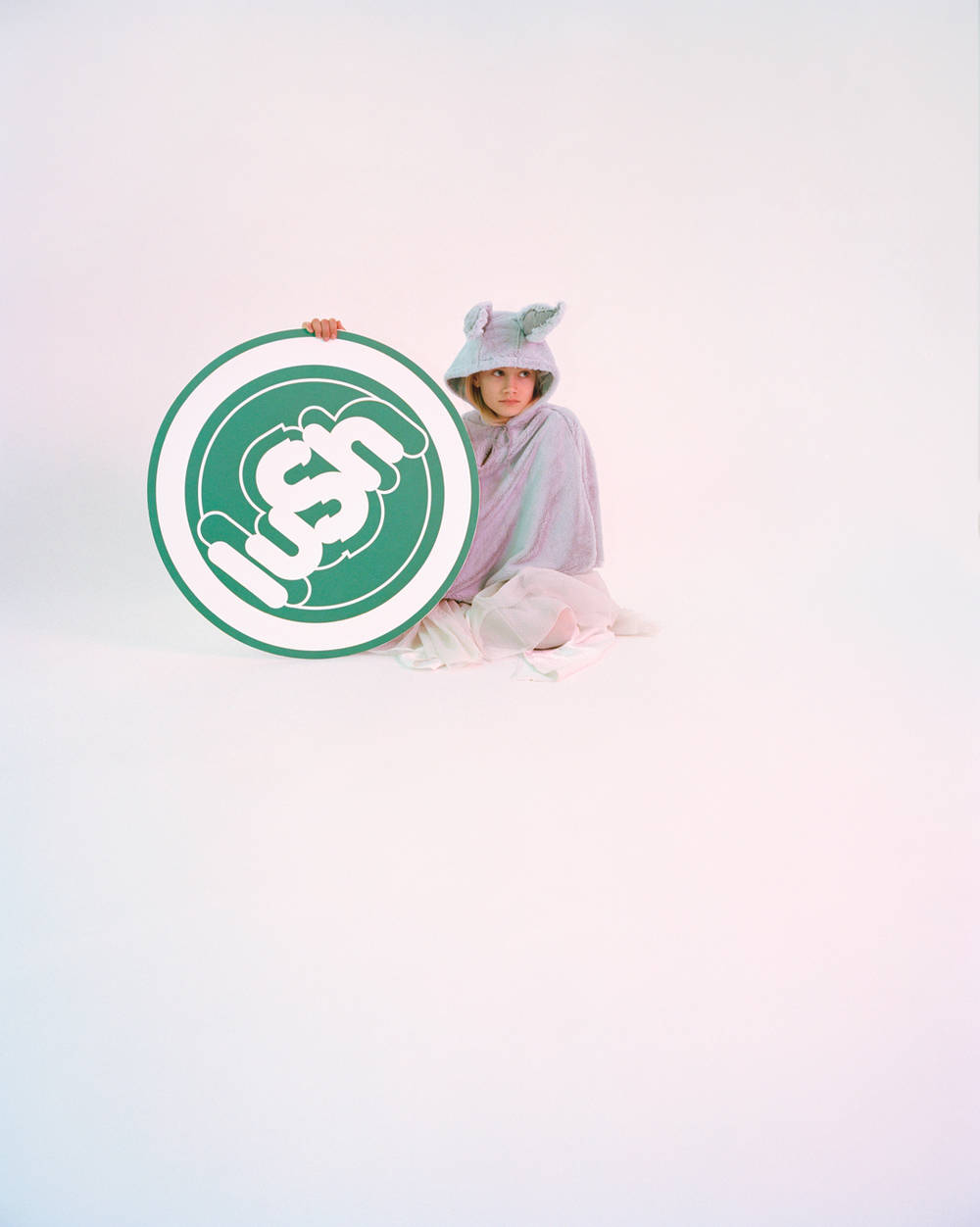

Chandelier at Kunstverein Hannover, Image via haz.de
I continue on by train and alight in Göttingen, the town of “Baumkuchen” cake, where American artist Liz Magic Laser has created an exhibition well worth seeing, or rather it is still being set up on a Saturday one day before its opening. I already feel it is a tragedy that this exhibition will be seen by far too few visitors, yet it deals with the images and the biopolitical information of public life that have infiltrated deep into the behavioral patterns of everyone of us and strengthens the affirmative powers with which we can bring out the absolute positive side to this still so precarious life.
The home of Baumkuchen
Laser has developed a complex form with which filmic explanation and performative action, film and theater can be combined and which can likewise be realized and presented live as a performance. In her exhibition she mixes images of today’s refugees with the DIY leadership practices of TED talks with the ego-relaxations of the yoga culture with the body language of politicians and theories of standardization. For Göttingen she worked with school pupils from the town, who admittedly tend to go to church on Sundays rather than to openings, to create a new work. Afterwards, over coffee and cake, she tells me that her birth was perceived as magical by her parents and that after Göttingen she will develop an audio piece for the Frieze art fair in New York.
From Göttingen I head back to Frankfurt.

Liz Magic Laser, exhibition view at Kunstverein Göttingen, Image via kunstvereingoettingen.de

Liz Magic Laser, "Public Relations", 2013, Image via kunstvereingoettingen.de
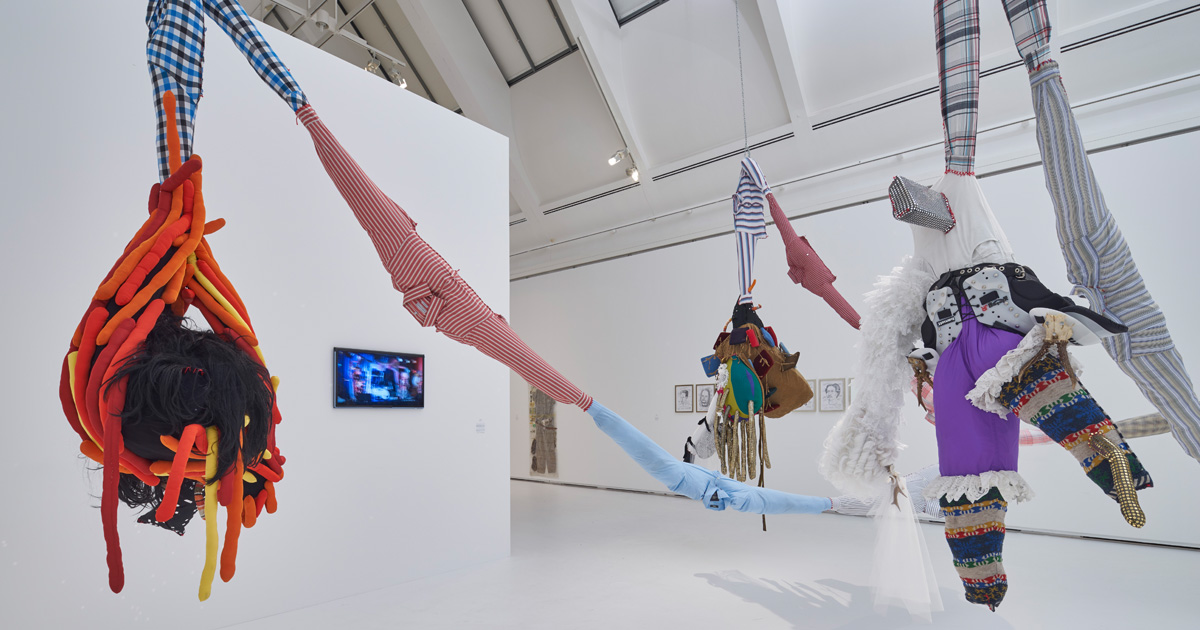
Poetry Splatter
On the lyrical suicide and madness in the work of artist John Bock.
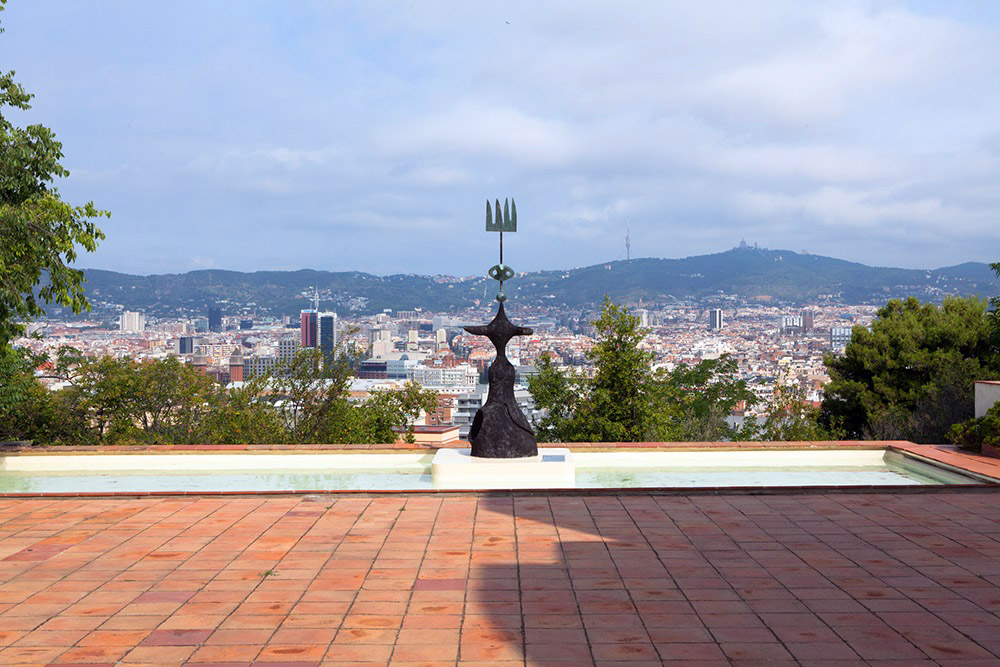
Barcelona, the home of Joan Miró
It was in the Catalan metropolis of Barcelona that Miró was born, and it was here too that he took his first steps as an artist. Anyone visiting the...